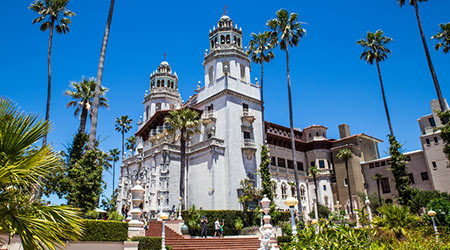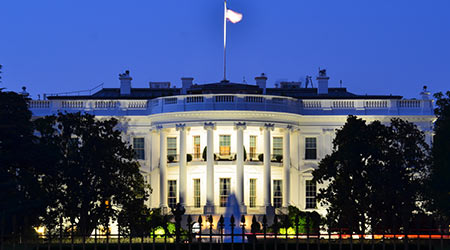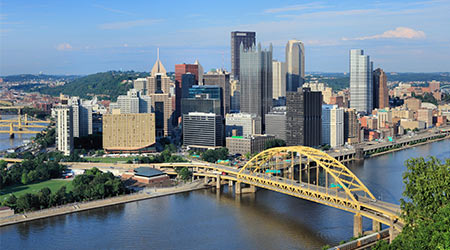
Solar Spotlight: Historic Castle Embraces Technology
May 1, 2018
Alternative energy sources have had their ups and downs over the last decade as institutional and commercial facilities have tried to take advantage of the sustainability and cost-saving benefits. Recent years have seen increased strides in incorporating alternative energy systems into facility energy supplies. Consider the case of the Hearst Castle State Park Visitor Center in San Simeon, Calif.
Read: Maximizing a solar power purchase agreement
The center soon will become the first state park facility to draw 100 percent of its electricity by solar power. Construction on the solar project in the visitor center’s parking lot is set to break ground soon, according the San Luis Obispo Tribune.
The the park district that includes the castle and its visitor center now pays Pacific Gas & Electric (PG&E) 15 cents per kilowatt hour in the winter and 20 cents in the summer. At the end of the 25-year contract, says Dan Falat, the district superintendent, the state has the option to renegotiate the agreement or have the contractor remove the system.
The system is designed to produce 1 million kilowatt hours per year, he said. Once the 1,812 units are complete and online, the facility’s electrical bills could drop by as much $1 million over the life of the contract.
The grid-tied system is intended to provide all the electricity needed by the compound. However, “we will still be connected to PG&E,” Falat says, and would be charged by the utility for any power drawn from the grid.
Read: Photovoltaics, roofing and maintenance
The solar units will be installed on top of canopies in the parking lot. And there’s a bonus: Those canopies will provide shade for vehicles parked beneath them. To make room for the solar units, 70 drought-impacted Monterey cypress trees will be removed and replaced with low-growing, drought-tolerant native shrubs.
The solar project has been in the planning stages since 2013, when district Maintenance Chief Tom Kidder and then-superintendent Nick Franco began researching the possibilities. But Hearst Castle has been going green for years.
The castle was honored for its pollution-reducing efforts in 2005 by the county’s Air Pollution Control Board. Visitors are shuttled up to the castle in buses fueled by compressed natural gas, while backup generators for the castle operate on bio-diesel.
The monument has 14 electric car-charging units in the parking lot, and the castle’s fleet includes three electric vehicles.
This Quick Read was submitted by Dan Hounsell — dan.hounsell@tradepressmedia.com — editor-in-chief of Facility Maintenance Decisions, and chief editor of Facilitiesnet.com.
Next
Read next on FacilitiesNet












